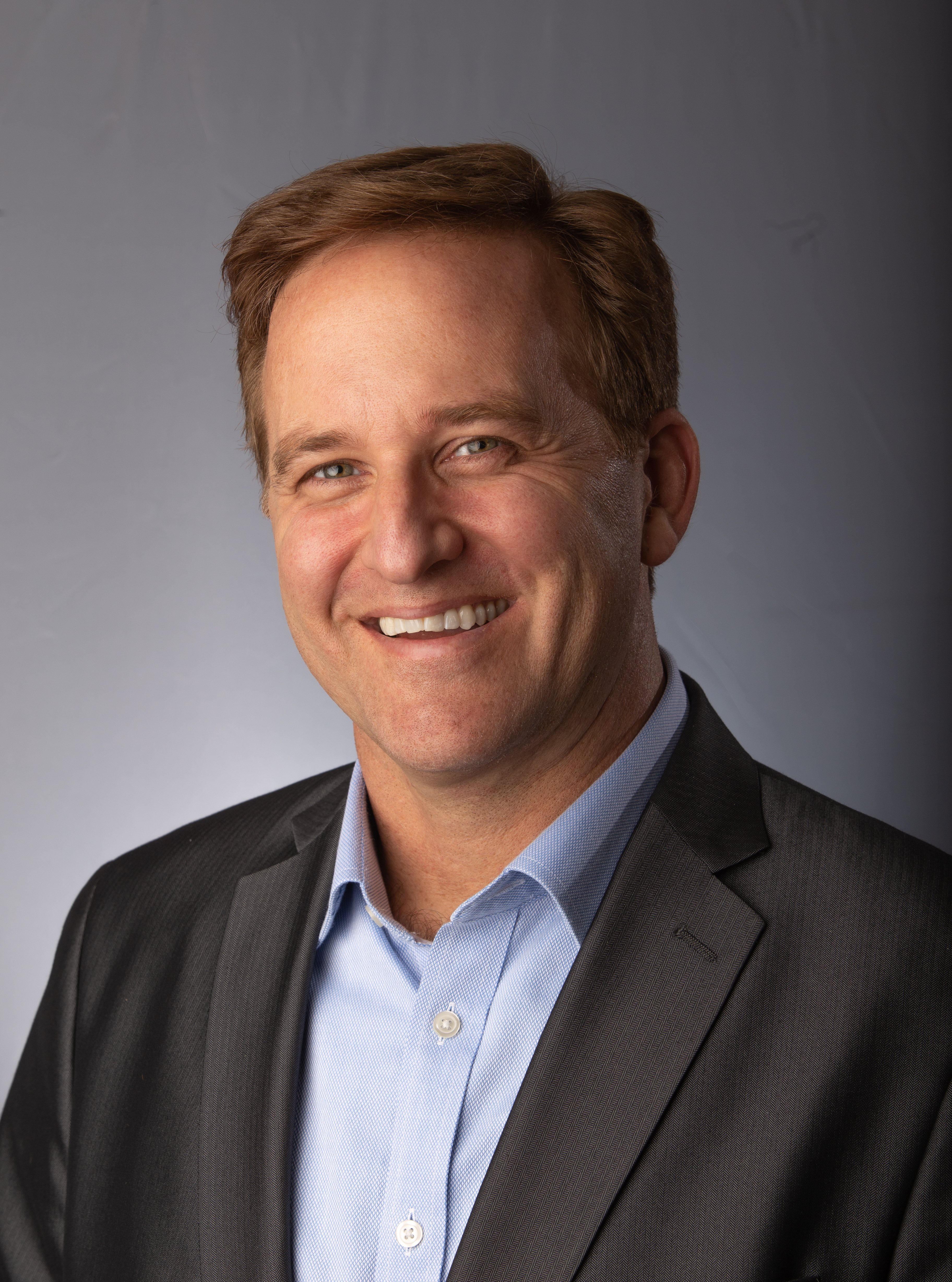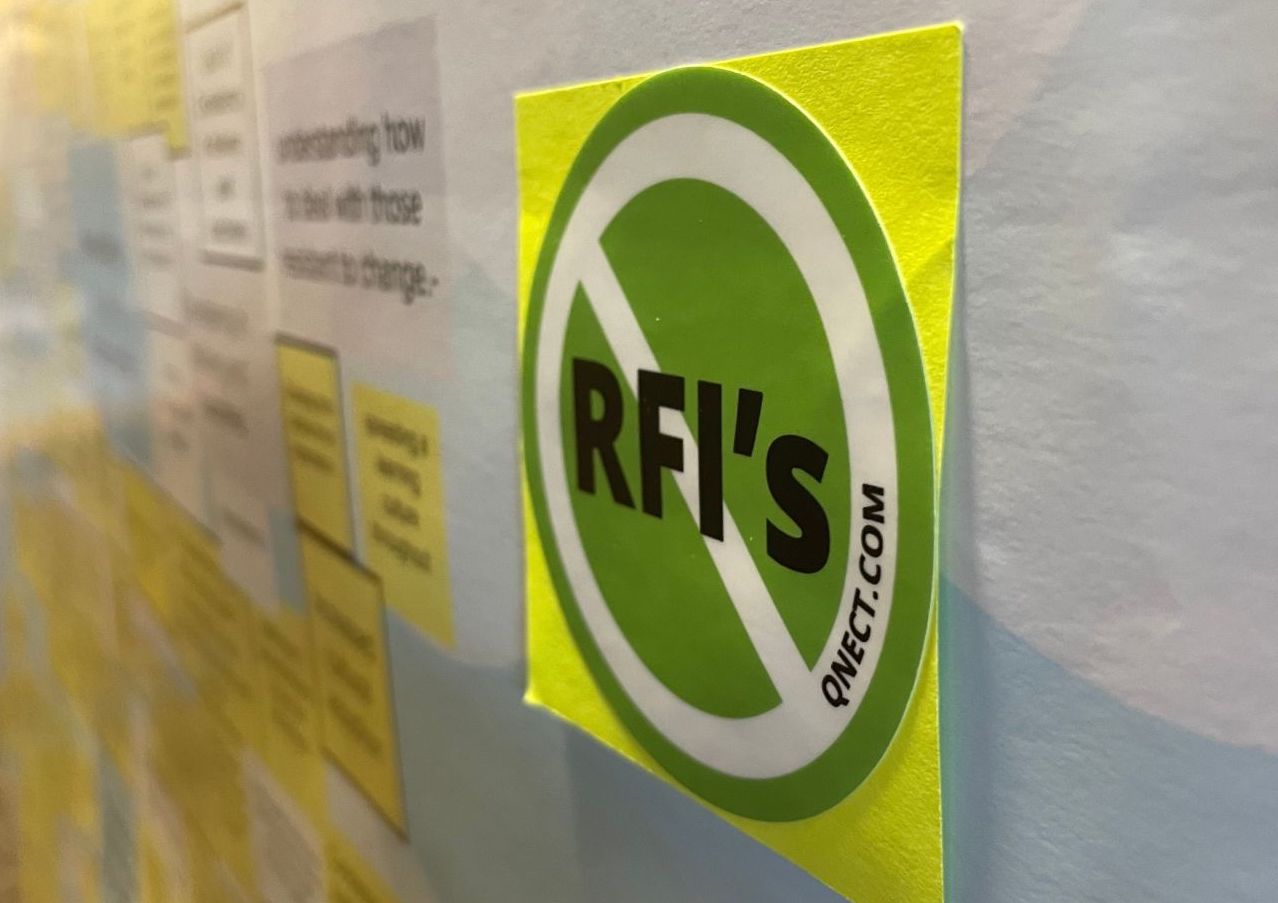1 min read
Connections are the Heart of Steel | Qnect
As we enter into 2024, I wanted to reflect on what I’ve learned over my past year joining the Qnect team. I’m amazed at the growing interest in early...
4 min read
 Michael Gustafson
:
Updated on June 8, 2025
Michael Gustafson
:
Updated on June 8, 2025

By Michael Gustafson
I had the opportunity to attend the Lean Construction Institute Congress last week in New Orleans. It was my first time at this event and I was looking forward to learning about LCI’s mission and the mindsets of those attending. The first thing I noticed was the future-oriented vision and energy possessed by the attendees. Everyone was open-minded and solutions-oriented, attributes that are necessary for implementing change across organizations. I reflected on this mindset and its relationship to Qnect’s vision, noticing several parallels. Whether implementing lean principles on the construction site or to steel project delivery systems, building trust, ensuring accountability and delivering value for each stakeholder across the supply chain is paramount.
One particular breakout session I participated in was organized by Herrero Builders. During the session we explored the topic of structural engineers delivering e and how teams can overcome the barriers for instituting this steel delivery method. One challenge we covered was the process of ensuring that other trades are on board early in the project life cycle so everyone can participate in early stage coordination. This means, for example, making sure the architect is providing slab edge details or the MEP team is providing elevator shaft opening geometry early on in the project.
I really appreciated hearing these insights at LCI and other motivating stories shared by the keynotes. It reminded me of why I joined Qnect in the first place and the opportunity that sits before the AEC industry as a whole to transform itself.
Why Now?
So why now fuel this transformation in the structural steel industry? One could argue early connected modeling has been teasing the AEC industry for years but hasn’t yet reached mainstream. While working for AISC years ago, I was part of a team of regional engineers with a mission to foster and scale “steel teams'' across the US. Our goal was to fuel integrated design-to-fabrication synergies that would make steel frame construction more competitive. We saw lots of success with a core group of early adopters like Thornton Tomasetti, Walter P Moore and GPLA Associates. But only recently are we finally seeing the industry embrace constructability-led design at a larger scale. I see three reasons why early connected models is nearing critical mass to become a core part of what structural teams offer which stand out to me in particular:
These trends tell me the industry is hungry to leverage data insights earlier on in projects, and deeper collaboration across the supply chain is a vehicle to achieve this. The data insights provided by Qnect and the collaboration benefits of early connected models are readily available for the industry to take advantage of. We have reached a point in time where structural firms need to reset their mindsets and upgrade their toolsets to stay competitive in today’s evolving industry.
Why Qnect?
Why is Qnect so well-positioned to fuel an industry-wide transformation that utilizes early collaboration and advanced data insights? I decided to join the Qnect team for reasons that center around their uniqueness in the marketplace with their integrated services and cutting-edge technology. The capabilities of Qnect’s product offerings and the company’s vision resonated with me not just as a technology veteran but as a structural engineer:
It is becoming imperative that tech companies do more to help decarbonize the construction industry. One way for the industry to reduce carbon is by reducing inefficiencies and waste created through a disconnected supply chain. Qnect implicitly reduces CO2 emissions by reducing material and waste through its optimization engines and integrated delivery process. In the recent Hines Embodied Carbon Reduction Guide | April 2022 (adobe.com), the authors talk about the importance of reducing not only Product-based embodied carbon but Construction-based embodied carbon for the jobsite (see figure). Qnect is shortening erection schedules and labor, thereby helping the industry better measure Construction CO2’s impact. It is inspiring to see how we at Qnect will help structural professionals measure and achieve their carbon targets. (Image courtesy of Hines Embodied Carbon Research Guide, page 13.)
What’s Next?
I’m excited to see how we move the industry forward with a more collaborative mindset that includes engineers and contractors, along with fabricators. I think early connected modeling is a proven process to achieve this and we must shepherd the industry to embrace it. In my upcoming blogs, I will dive deeper into the trends reshaping the practice for structural professionals. In the meantime, I will be reaching out to industry leaders to understand their needs and goals in the structural industry, and I’d love to hear from you as well. Please reach out to me to set up a time for us to chat.
Michael
Vice President of Strategy and Business Development
Access the Qnect app to enhance team collaboration and project efficiency. Sign in or create an account to manage communication and workflows with clarity and control.
1 min read
As we enter into 2024, I wanted to reflect on what I’ve learned over my past year joining the Qnect team. I’m amazed at the growing interest in early...
In the fast-paced world of construction, efficiency and accuracy are key to success. Construction Managers are always on the lookout for innovative...
.png)
FOR IMMEDIATE RELEASE